Talk Overview
In the cytoplasm of cells, thousands of tightly packed molecules and structures execute the numerous processes necessary to maintain life. Although there are many ways to study cellular processes, one of the simplest ways to understand the different parts of a cell is to visualize them. Dr. Sven Truckenbrodt sought to better understand the machinery of the neuronal synapse using fluorescence microscopy, yet he was limited by the physical properties of light. To circumvent the 250-nm resolution limit imposed by the photophysics of light waves, Truckenbrodt developed X10 expansion microscopy, based on the original concept of expansion microscopy invented in the Boyden lab. By uniformly expanding the volume of tissue by a thousand-fold using synthetic polymers (the same as those found in baby diapers!), this approach increases the distance between closely packed proteins, allowing them to be visualized with fluorescence microscopy. Truckenbrodt shares the story of the first time he used X10 expansion microscopy to clearly image synaptic vesicles, after studying them for years as a neuroscientist! He describes how he used X10 microscopy to characterize the precise localization of synaptic and cytoskeletal proteins that previously could not be visualized in detail. Truckenbrodt ends his talk by sharing how the X10 approach has been used by other research groups and encourages his viewers to consider applying this method in their own research to make new discoveries.
Speaker Bio
Sven Truckenbrodt

Dr. Sven Truckenbrodt is a postdoctoral fellow investigating the nanoscale architecture of synapses at the Institute of Science and Technology Austria by further advancing X10 expansion microscopy, a new method for super-resolution imaging developed during his PhD at the University of Göttingen. Continue Reading
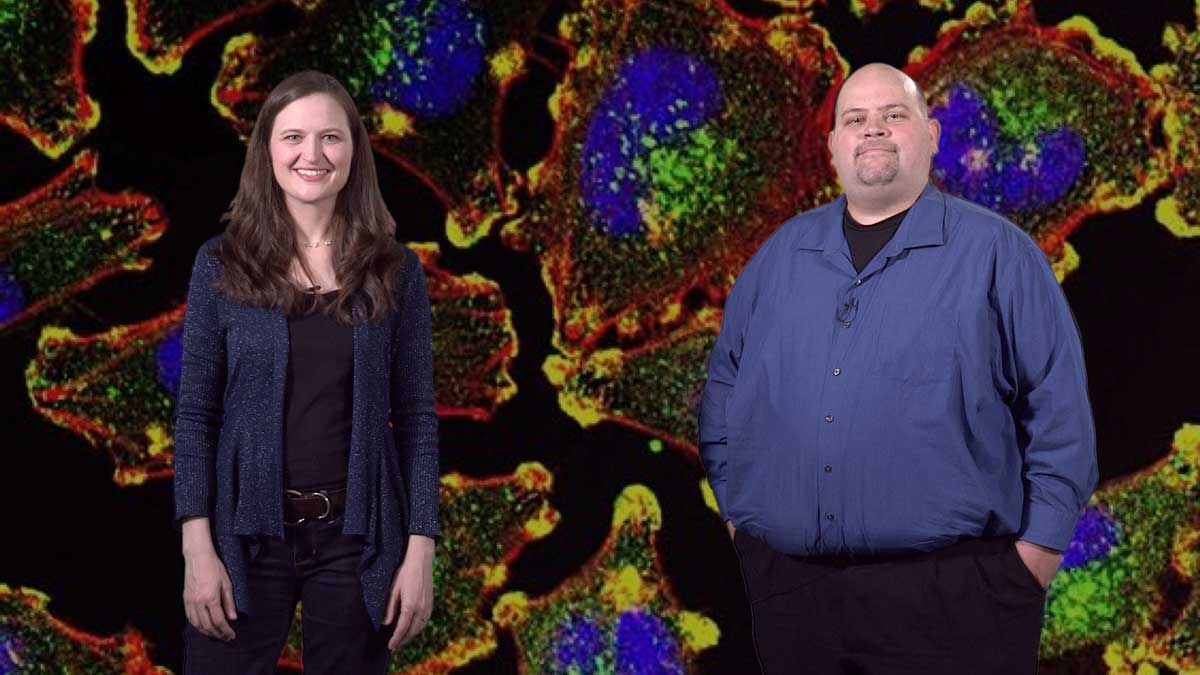

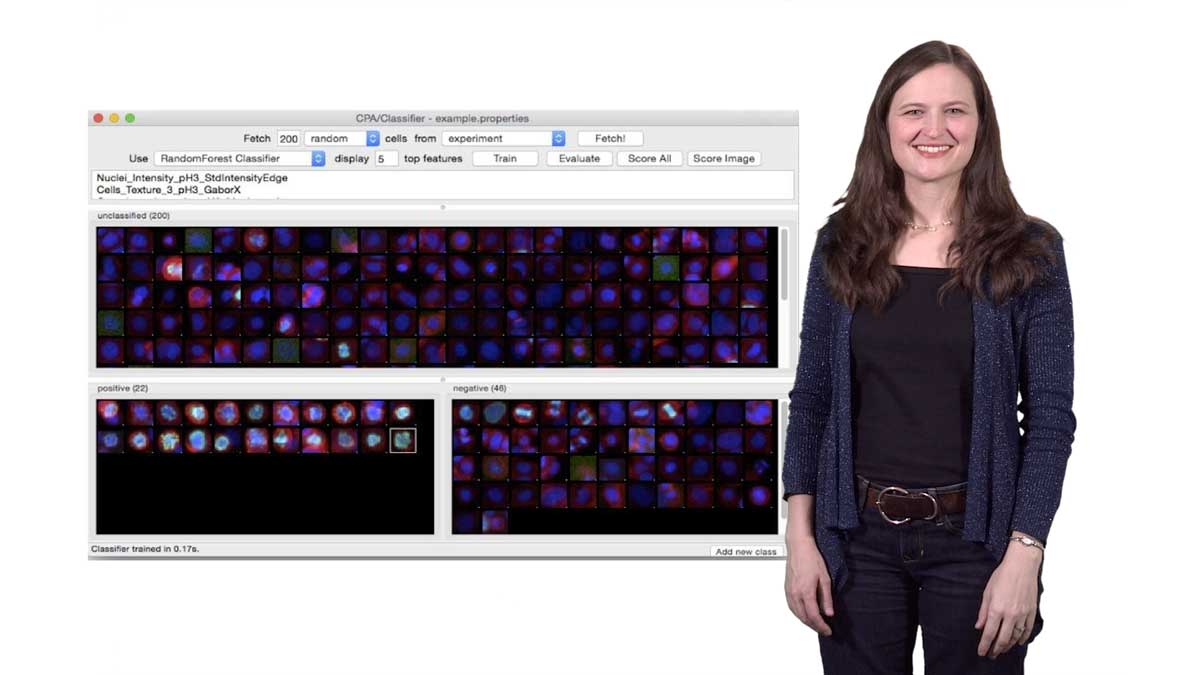
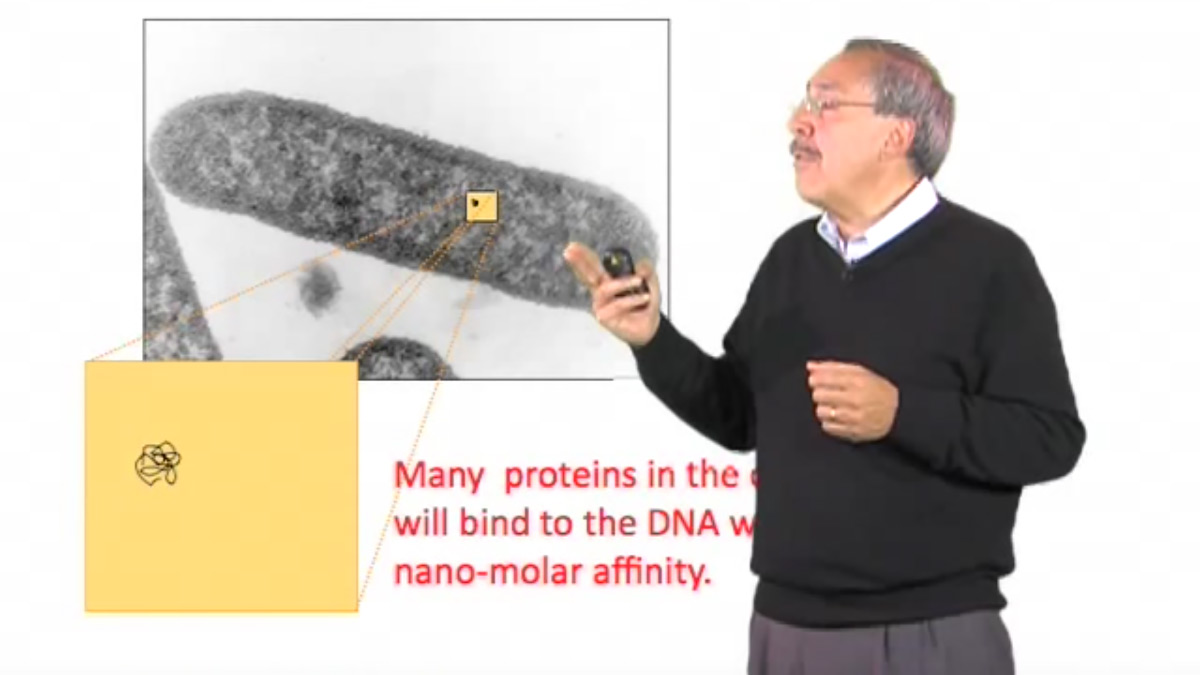
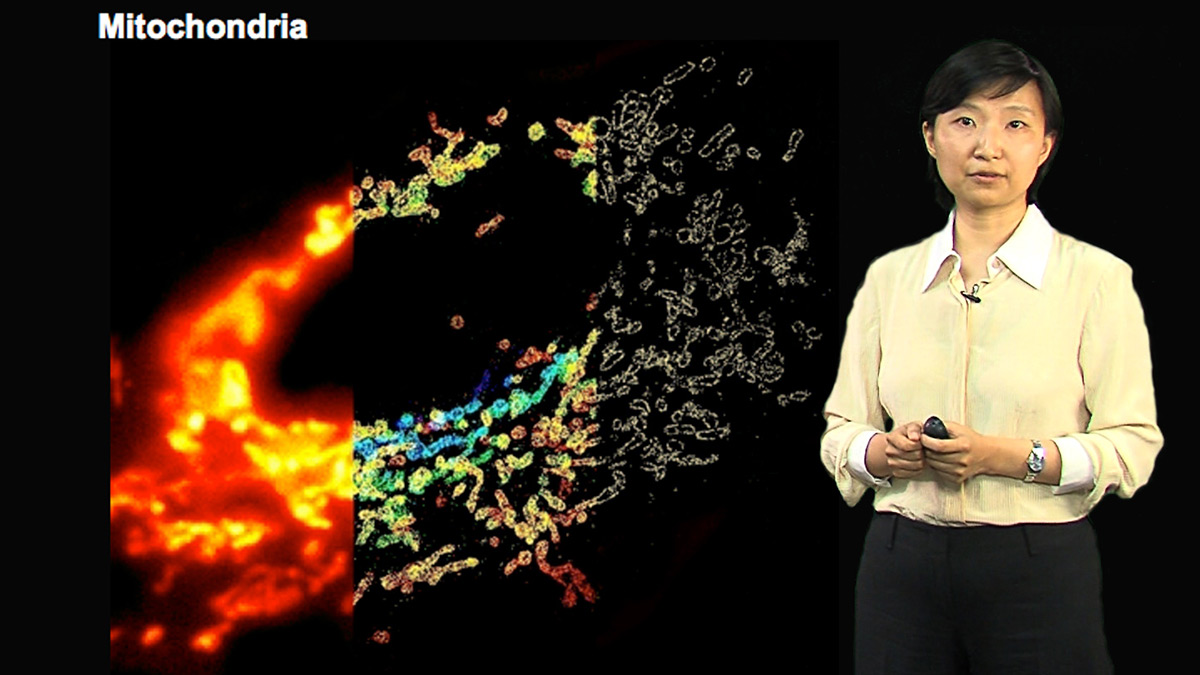
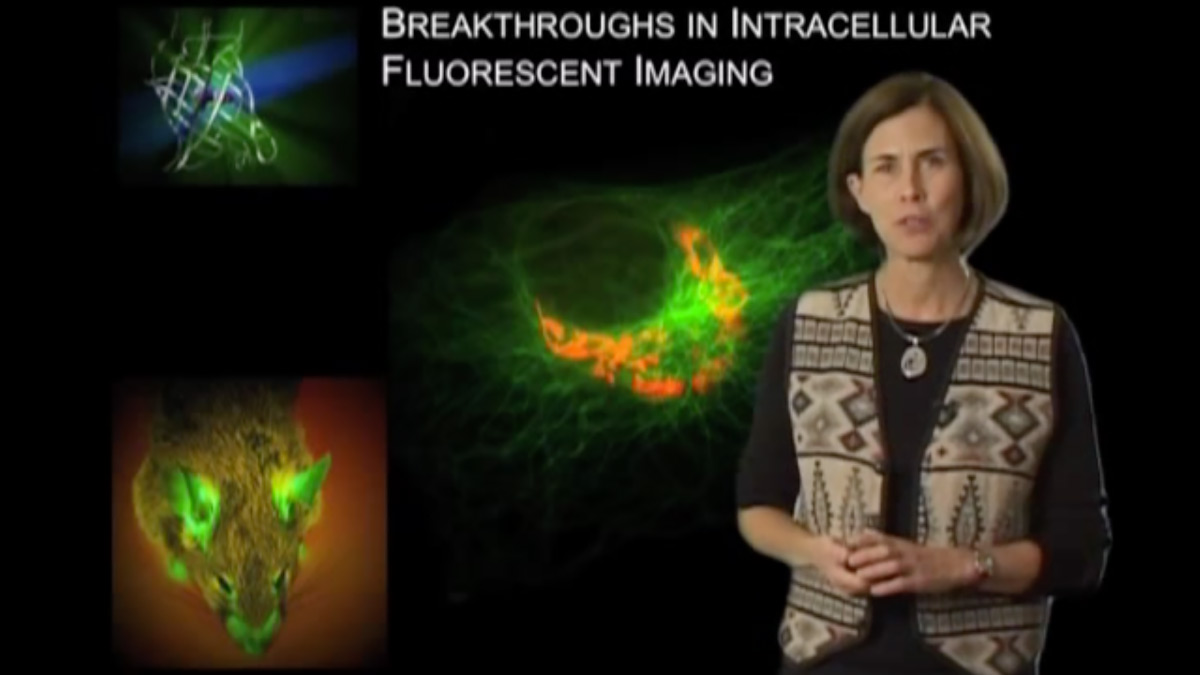
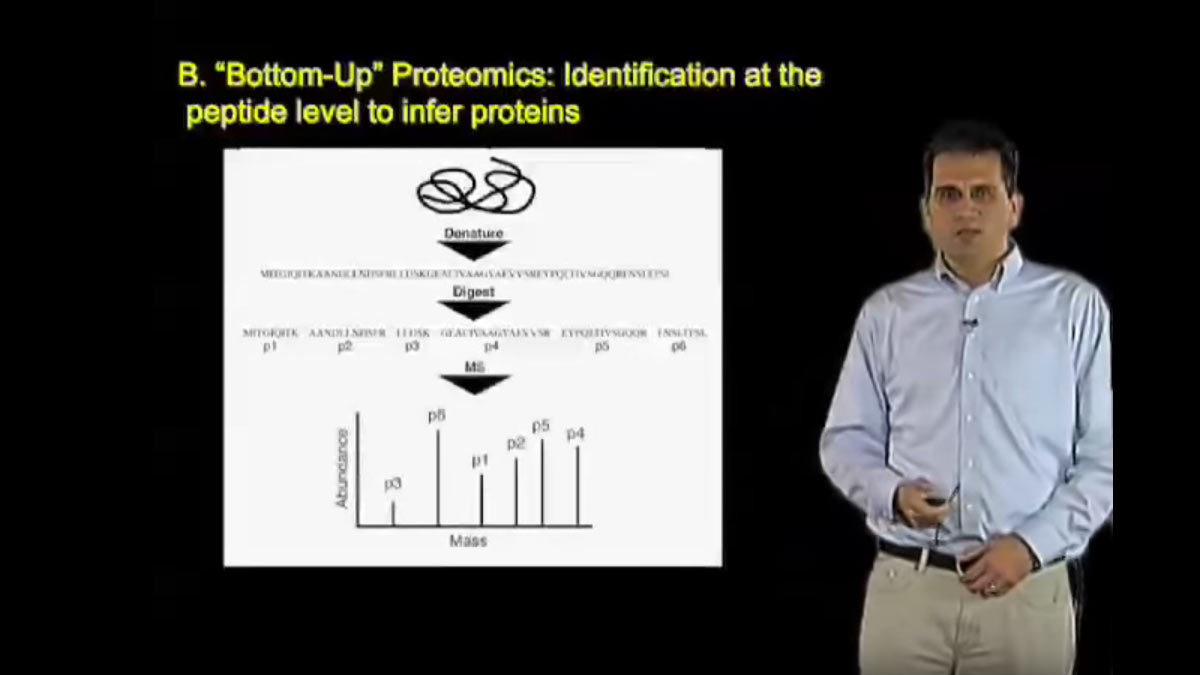





Leave a Reply